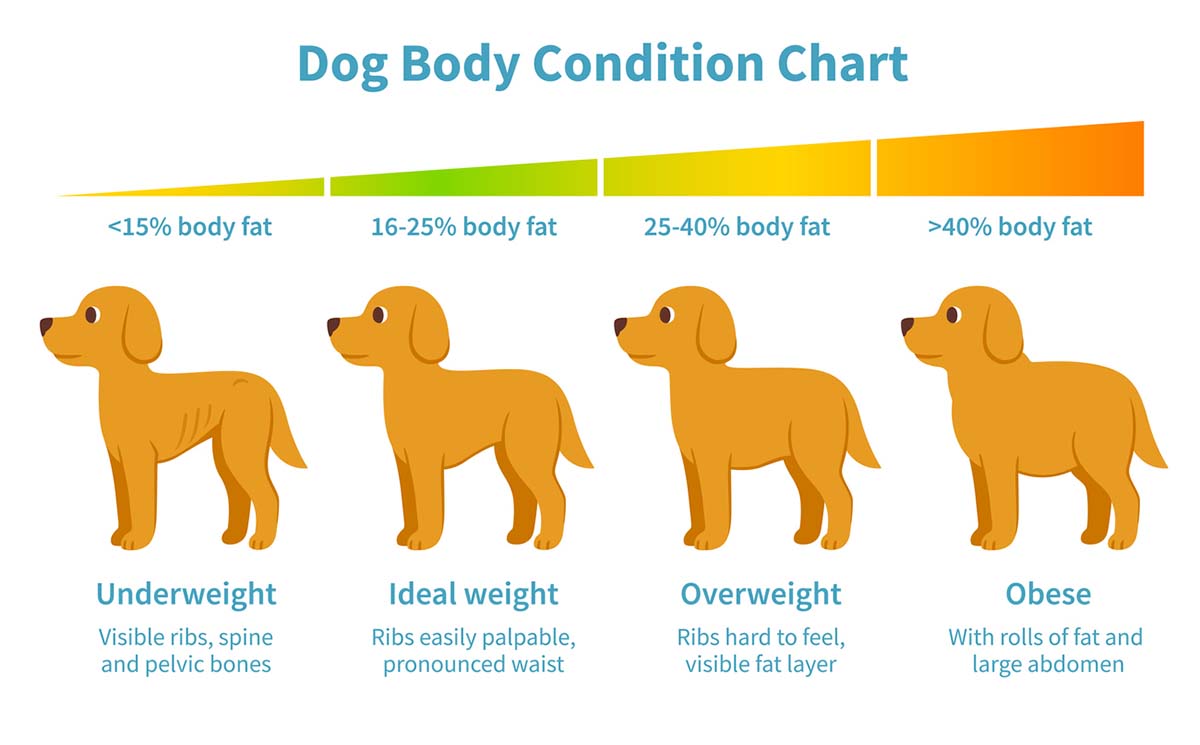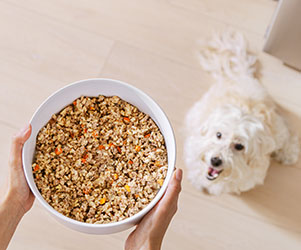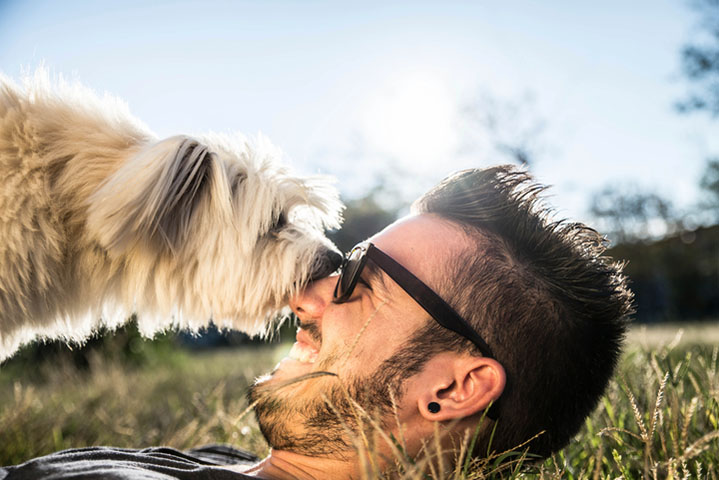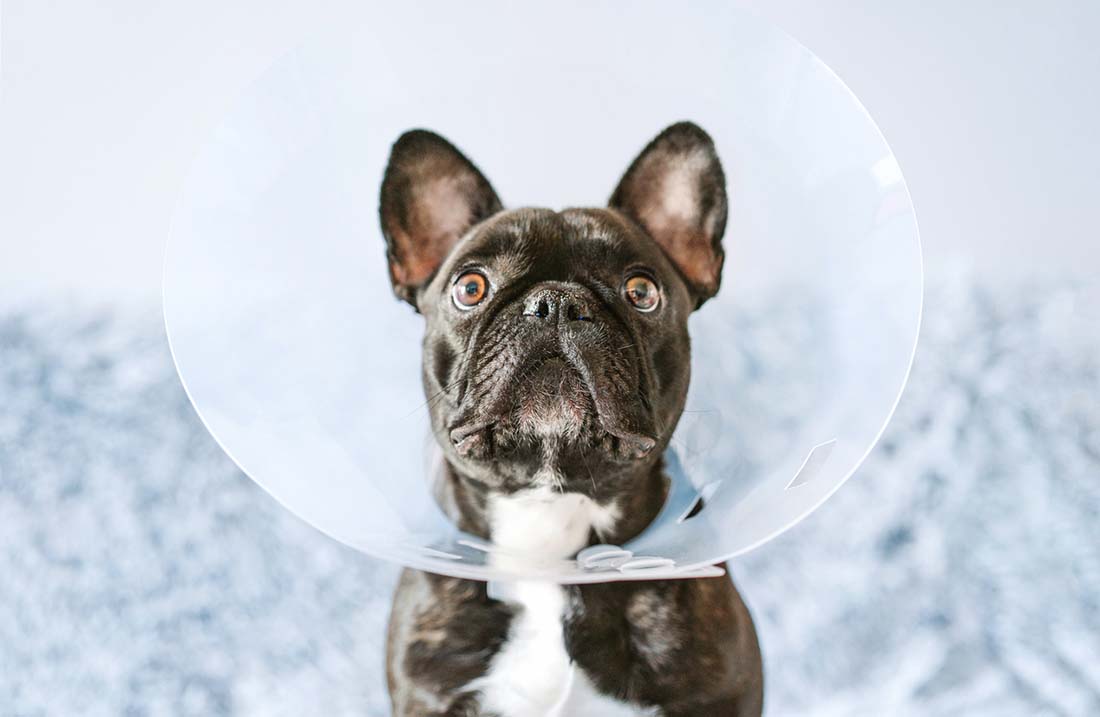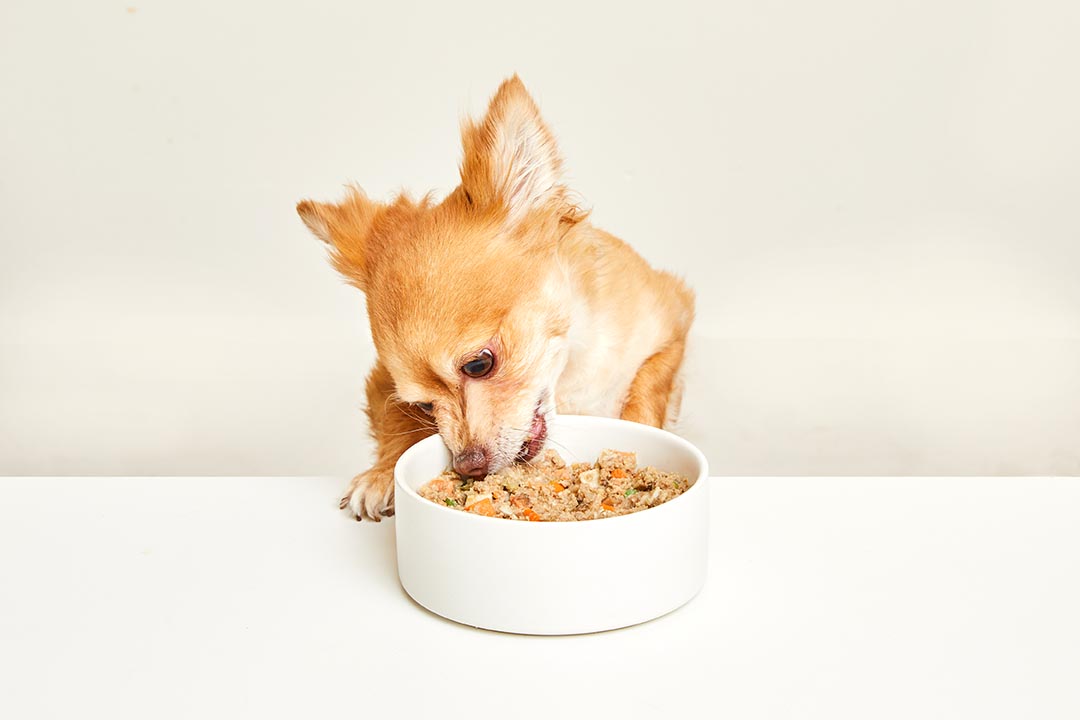How to Tell If Your Dog Is Overweight
Let’s take a look at the problem of obesity in dogs, what the health risks are, how you can tell if your buddy is overweight, and what to do about it if he is.
You’re probably aware that obesity is a growing problem in humans and one that poses a significant health risk. You may not be aware, however, that obesity in dogs is becoming a bigger problem.
Overweight dogs face many of the same health issues that humans face. That’s why it’s important for your dog’s overall health to monitor your pet’s weight and take appropriate measures to help your furry friend get rid of that excess weight.
The problem is that it can be difficult to know if your buddy is overweight or what his ideal weight should be. Of course, it’s important to check with your veterinarian and monitor your dog’s progress on a weight loss plan, but beyond that, how can you tell if your dog is overweight?
Let’s take a look at the problem of obesity in dogs, what the health risks are, how you can tell if your buddy is overweight, and what to do about it if he is.
Obesity in Dogs: A Growing Problem

According to the Association for Pet Obesity Prevention, the percentage of dogs and cats that are obese is skyrocketing. A full 59% of dogs and 61% of cats were considered obese in a 2022 survey.
A recent study examined the problem of obesity in dogs and cats. It noted that there are several benefits for companion animals as a result of their shared lifestyle with their human counterparts.
Access to healthcare, a greater level of food security, and adequate shelter are considered positive aspects of a shared lifestyle with humans. However, there are also some negative aspects of that relationship.
Our pets often have a much more sedentary lifestyle that gives them limited exercise opportunities. That limited activity may result in higher rates of degenerative diseases like Type 2 diabetes, heart disease, and certain types of cancer.
Another significant problem that our animal friends share is obesity, and it has a significant effect on their wellness. As in humans, it can cause a number of health problems.
Health Problems Associated with Obesity in Dogs
As with humans, body weight is an important factor in your dog’s health. One large study conducted over two decades demonstrated that obesity is associated with a shorter lifespan in several dog breeds.
Even moderately overweight dogs were found to have a reduced lifespan by as much as two years when compared to their leaner counterparts. Moreover, that extra weight contributes to several health problems that can decrease your beloved pet’s quality of life.
Among these are the following diseases and health conditions:
- Increased risk for certain cancers
- Diabetes mellitus
- Hypertension (high blood pressure)
- Heart disease
- Osteoarthritis
- Urinary bladder stones
- Problems with anesthesia
While fat used to be simply considered a relatively inactive tissue, experts now know that it secretes inflammatory hormones and creates oxidative stress. Considering obesity as a chronic, low-level inflammatory condition marks a new approach to the problem, and it’s just as true for your beloved pooch as it is for you.
As loving pet parents, it’s natural to want to give your best friend whatever he wants, but as responsible pet parents, it’s your job to monitor your dog’s weight and watch out for any dangerous weight gain.
Is Your Dog Overweight? How to Know.
Since we are often inundated with images of overweight dogs in the media, it can be difficult to know what normal looks like. Of course, if you’re uncertain, you should ask your veterinarian or veterinary nutritionist. If you’re wondering, “is my dog fat?” they can help you make that assessment.
But there are some other ways to know if it’s time to adjust your dog’s diet and exercise routine to help him drop a few pounds.
Look at your dog’s ribcage
Rib coverage can help you identify an overweight dog. If you hold your own hand with your palm down and feel your knuckles with the flat part of your fingers on the other hand, that’s how your dog’s ribs should feel right behind his shoulder blade. If you can’t feel his ribs because they are covered with tissue, that’s a good indicator that he’s overweight.
While this is not a surefire method of determining your dog’s weight, it can be a good way to check between formal weigh-ins.
Regular Check-ups

The problem of obesity is yet another reason why it’s vital to get regular check-ups with your veterinarian. Not only do they check your furry friend for numerous health conditions, but they can also help monitor his weight and give them a proper body condition score.
Body Condition Score
Veterinarians typically use a body condition score to determine your pet’s ideal weight. A body condition score, or BCS, is a quantitative method to evaluate your dog’s body fat. It’s the equivalent of body mass index (BMI) in humans.
There are two recognized scales, one a five-point scale and the other a nine-point scale. The latter helps a veterinarian identify more subtle changes in your dog’s weight. It’s important to identify the scale used since a score of 5 on the five-point scale would be obese, but it’s normal on the nine-point scale.
For that reason, veterinarians will report the results of a body condition score as something like 2/5 or 7/9. The first number is the score while the second number refers to which scale was used. This helps to maintain consistent body condition scoring.
With that in mind, the scores for each scale mean the following:
- 1/5 = very thin
- 2/5 = underweight
- 3/5 = ideal weight
- 4/5 = overweight
- 5/5 = obese
And for the nine-point scale:
- 1/9 = emaciated
- 2/9 = very thin
- 3/9 = thin
- 4 – 5/9 = ideal weight
- 6/9 = overweight
- 7/9 = heavy
- 8/9 = obese
- 9/9 = severely obese
Score assignments
Body condition scores are assigned by using visual assessment and palpation (feeling parts of the body with your hands). According to the VCA Animal Hospitals, here’s how scores are assigned:
- 1/5 or 1/9 Ribs, backbone, and pelvic bones stick out. Loss of muscle mass present. Severe tummy tuck and dramatic waistline for both dogs and cats.
- 1.5/5 or 2/9 Ribs and backbone and pelvic bones visible, but only minor loss of muscle mass. Severe waistline and tummy tuck.
- 2/5 or 3/9 Ribs, pelvis, backbone easily palpated and somewhat visible. Severe waistline and tummy tuck.
- 2.5/5 or 4/9 Ribs, pelvis, backbone easily palpated but not as visible. Obvious waistline and tummy tuck.
- 3/5 or 5/9 Ribs, pelvis, and backbone palpable with a thin layer of fat covering. Waistline and tummy tuck are obvious but not severe with more gradual curves. Cats have minimal abdominal fat pad in front of the rear legs.
- 3.5/5 or 6/9 Slight fat layer over ribs, backbone, and pelvis making them more difficult to palpate. Tummy tuck present but minimal. Waistline is visible, but not prominent. Cats have minimal fat pad.
- 4/5 or 7/9 Ribs covered with heavy fat layer requiring finger pressure to feel. Difficult to feel the backbone or pelvis. Waistline is not apparent. Tummy tuck is still slightly visible. Cats have moderate abdominal fat pad.
- 4.5/5 or 8/9 Ribs, pelvis, and backbone covered with thick fat layer and palpable only with extreme pressure. No tummy tuck or waistline.
- 5/5 or 9/9 Ribs and backbone not palpable under thick fat layer. Abdominal distention projects downward (opposite of tummy tuck) and outward (protruding waistline). Fat deposits on legs, face, and over tail head covering pelvis. Cats have extensive abdominal fat pads and sagging bellies.
Determining Ideal Weight
Once your veterinarian has assessed your dog’s body condition score, they can then identify what your pooch’s ideal healthy weight should be. That will allow you to track your buddy’s weight to ensure he stays close to that number.
You can also work with your veterinarian to determine any adjustments you need to make to your dog’s diet. They might suggest, for example, skipping the table scraps and dog treats or, at least, giving him fewer treats.
You’ll also need to monitor your buddy’s dog food consumption. It will be important to watch his portion sizes, and your veterinarian might recommend making some changes to his regular food. They might, for example, suggest a special diet to restrict his calorie intake more effectively.
Your veterinarian might also recommend changing your dog’s exercise routine to get out a little more. You’ll also want to monitor your dog’s weight loss to ensure he’s not losing too much weight. Remember, the goal is a healthy weight.
Growth Charts
If you have a puppy, ask your veterinarian to predict his ideal adult weight so that you can prevent obesity before it occurs. Typically, they use puppy growth charts to help with that, and you can also use those to track your dog’s growth and weight.
Healthy Weight Dog Food Recipes
At JustFoodForDogs, we support loving pet parents with the goal of helping their furry friend shed those extra pounds with low-calorie options that help promote a healthy weight. Our foods are vet-recommended and are designed to promote a long, healthy, and happy life for your best friend.
When weight loss is the goal, these recipes provide fresh, whole-food, human-grade ingredients in a highly nutritious combination to help your buddy live his best life. Dietary adjustments don’t have to mean flavorless food, and these recipes will keep your pooch full and satisfied.
This content is for informational use only and does not replace professional nutrition and/or medical advice, diagnosis, or treatment. It is not a substitute for and should not be relied upon for specific nutrition and/or medical recommendations. Please talk with your veterinarian about any questions or concerns.
